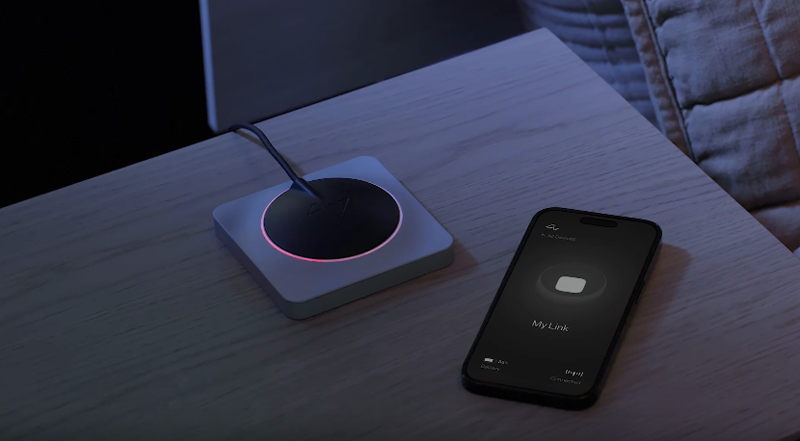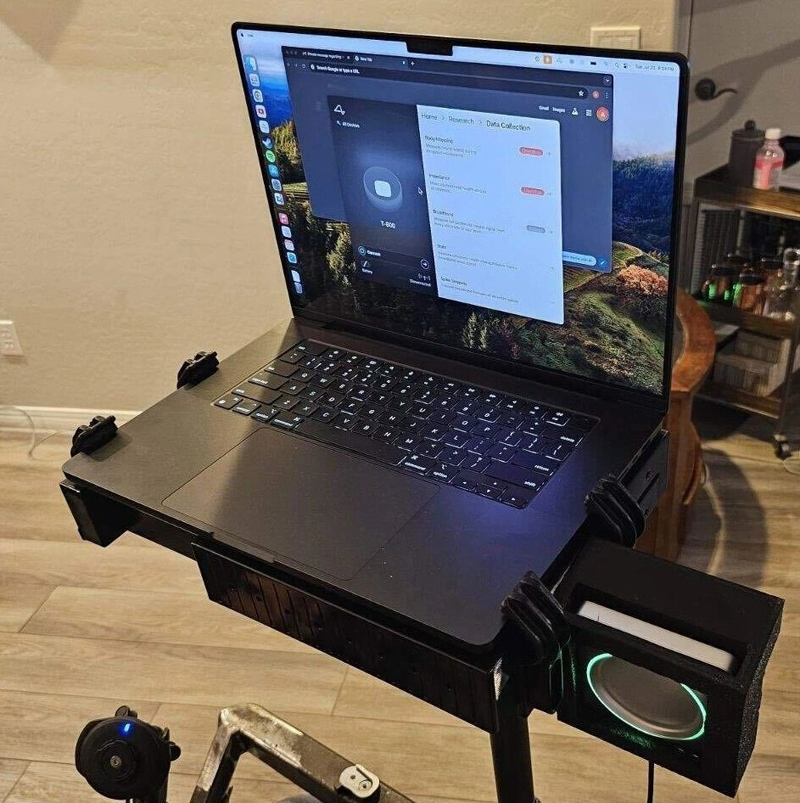Last month, Elon Musk’s Neuralink implanted its brain implant into a second patient, known as Alex, as part of the PRIME Study. Now it has become known that he is already using it for creativity and games, including the competitive shooter Counter-Strike 2.

Image source: Neuralink
Paralyzed after suffering a spinal cord injury, Alex had previously played Counter-Strike 2 using a mouth-controlled QuadStick controller, but he couldn’t move and aim a weapon at the same time like a regular Counter-Strike player. But now, thanks to the implant in combination with the controller, this has become possible.
«Just running (while playing) feels so good because I can look around and don’t have to move the QuadStick left and right,” Alex said on the Neuralink blog on Wednesday. — I can (think about where) to look, and the character will go where I want. This is unreal.”
Along with playing games, Alex uses the implant to develop 3D designs using a CAD application. Especially for Alex, they developed a special mount to hold the charger for the Neuralink implant, which was printed on a 3D printer.

Let us recall that the first Neuralink patient had problems with the implant – some time after the operation, about 85% of the thinnest electrodes connected to his brain shifted, reducing the ability to read neural signals. To avoid a repeat of the situation, the company has developed a number of improvements, which include reducing the likelihood of an air pocket forming during surgery and placing the implant deeper into the brain tissue. “It is encouraging that we did not observe suture retraction in our second participant,” the company said.
Neuralink also said it is working to improve the technology “to provide full video game mouse and controller functionality.” “In addition, we plan to enable Link (the brain chip) to interact with the physical world, allowing users to feed themselves and move more independently by controlling a robotic arm or their wheelchair,” the company said.